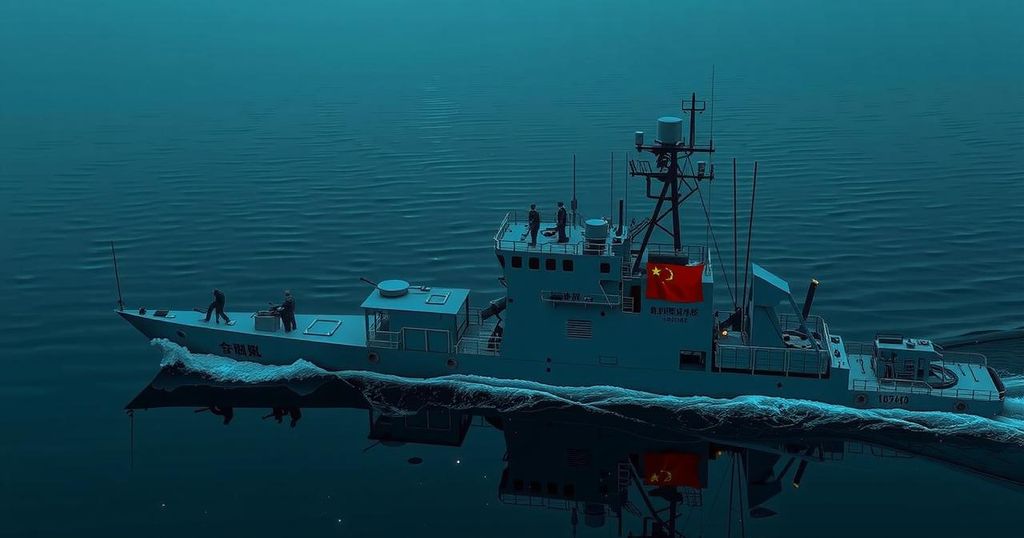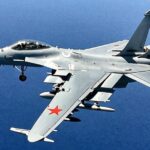China’s Navy Conducts Advanced Drills in South China Sea Amid Tensions
The recent series of high-intensity drills in the South China Sea conducted by the People’s Liberation Army (PLA) involving the Type-071 Jinggang Shan landing ship aimed at enhancing operational coordination and the ability to carry out diverse missions in challenging environments. These exercises included offensive and defensive maneuvers, information gathering, battlefield rescues, helicopter drills, and simulated aerial target tracking and destruction.
According to a social media post by the PLA Southern Command, the Type-071 landing ship participated in extensive drills over several days. While the exact location and timing of the exercises were not disclosed, the emphasis was on improving the navy’s capabilities in challenging maritime environments.
In addition to the drills carried out by the Jinggang Shan, state broadcaster CCTV reported that two frigates had conducted live-fire exercises in the South China Sea, involving air defense and anti-submarine maneuvers. The exercises also included anti-mine operations aimed at breaking potential blockades of shipping lanes.
These developments come at a time of heightened tensions between China and the Philippines, with ongoing confrontations and maritime incidents between the two countries. The Philippines has also been strengthening its military ties, conducting joint coastguard exercises with Vietnam and enhancing its relations with the United States.
The tensions between China and the Philippines are not isolated, as China’s expansive territorial claims in the South China Sea overlap with those of Vietnam, Malaysia, and Brunei. The situation has led to a series of confrontations and disputes over territory and maritime rights.
The recent drills conducted by the PLA highlight the ongoing military activities in the South China Sea and the strategic importance of the region. As tensions persist and military maneuvers continue, the situation in the South China Sea remains a critical and complex issue in regional geopolitics.








Post Comment